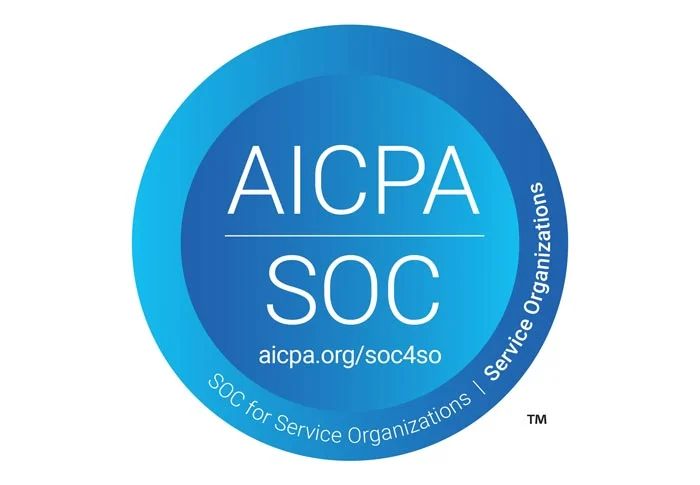While penetration testing is a valuable tool for assessing the security of systems and networks, it’s not the be-all and end-all of cybersecurity practices. When organizations rely solely on penetration tests, they often overlook a holistic approach to security. Let’s delve into the limitations of penetration testing and compare it to other security tools, methods, and complementary services.
1. Scope of Penetration Testing
- Limitation: Penetration tests are typically scoped to focus on specific systems, applications, or parts of a network. As a result, untested components might have vulnerabilities that remain undiscovered.
- Complementary Approach: Regular vulnerability assessments can help ensure that the entire environment is scanned for known vulnerabilities, not just the parts included in a penetration test.
2. Timing and Frequency
- Limitation: Penetration tests are usually conducted periodically (and are point in time tests only), such as annually or semi-annually. Vulnerabilities can emerge in between these periods, leaving systems exposed.
- Complementary Approach: Continuous monitoring and threat intelligence services can help organizations stay updated about new vulnerabilities and emerging threats in real-time.
3. Focus on Known Vulnerabilities
- Limitation: While penetration tests aim to exploit vulnerabilities in a manner similar to attackers, they usually focus on known weaknesses. Zero-day vulnerabilities (those unknown to vendors or the public) might not be detected.
- Complementary Approach: Implementing a robust security information and event management (SIEM / XDR) system can help in detecting unusual activities, which might indicate exploitation of unknown vulnerabilities.
4. Reactive, Not Proactive
- Limitation: Penetration tests are reactive in nature, only highlighting vulnerabilities after they’ve been identified.
- Complementary Approach: Adopting a proactive approach through security awareness training can educate staff about the latest threats and safe practices, minimizing the risk from human error.
5. Limited to Technical Flaws
- Limitation: Penetration tests often focus on technical flaws and might miss other vulnerabilities, especially those tied to human factors or organizational processes.
- Complementary Approach: Utilizing compliance frameworks such as SOC 2, ISO 27001, NIST, etc can assess the human element and identify organizational weaknesses.
6. False Sense of Security
- Limitation: A successful penetration test might lead organizations to believe they’re fully secure, ignoring other potential security issues.
- Complementary Approach: Adopting a layered security approach, including endpoint protection, intrusion detection systems, and firewall configurations, can provide multiple lines of defense.
7. Costs and Resources
- Limitation: Penetration tests can be resource-intensive and costly, which might deter some organizations from conducting them regularly.
- Complementary Approach: Automated vulnerability scanning tools and cloud-based security solutions can be more cost-effective and scalable for continuous security assessment.
Penetration testing is an indispensable tool in the cybersecurity arsenal. However, it’s just one piece of the puzzle. For a comprehensive security posture, organizations must employ a variety of tools, methods, and complementary services. By understanding the limitations of penetration testing and supplementing it with other approaches, organizations can build a more robust and resilient cybersecurity framework.
Contact PTG today to learn more about how we can help you with penetration testing, vulnerability management, and beyond!




